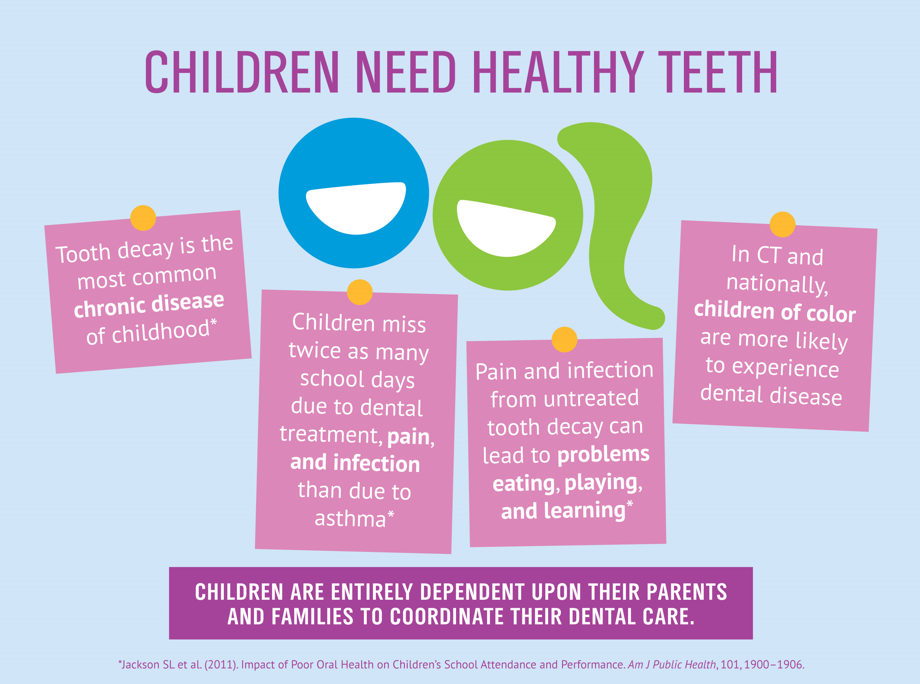A Thorough Contrast Of Invisalign Versus Traditional Braces
A Thorough Contrast Of Invisalign Versus Traditional Braces
Blog Article
Developed By-Houston Trevino
When confronted with the choice in between Invisalign and traditional dental braces, you might ask yourself which choice aligns much better with your way of living and choices. The option includes more than just the aesthetic appeal; it explores factors like treatment duration, convenience, and long-term dental health results. Take into consideration the effect each choice might carry your everyday routine and self-confidence. As we check out the thorough comparison, you'll gain insights right into the nuances that make these orthodontic treatments unique and find which one may be the far better fit for you.
Products and Construction
When contrasting Invisalign to standard dental braces, the materials and building and construction vary significantly. Invisalign contains clear, smooth plastic aligners tailor-made to fit your teeth. These aligners are practically unseen, making them a prominent option for those seeking a much more very discreet orthodontic therapy.
On the other hand, traditional braces involve metal braces that are glued to your teeth. These brackets are then connected by cables and rubber bands, applying pressure to gradually move your teeth right into the desired position.
The building and construction of Invisalign aligners permits an extra comfortable fit contrasted to traditional braces. The smooth plastic product minimizes irritability to your cheeks and periodontals, which is a typical issue with steel braces and cables. In addition, Invisalign aligners are detachable, making it less complicated to comb and floss your teeth without any obstructions.
On the other hand, standard dental braces are dealt with onto your teeth, needing extra treatment and time for correct upkeep.
Maintenance and Oral Health
The maintenance and dental health methods vary between Invisalign and typical dental braces as a result of their distinct design and building and construction.
With Invisalign, you can remove the aligners when eating or cleaning your teeth, allowing you to preserve your normal dental hygiene routine without any blockages. It's essential to clean your teeth after eating prior to putting the aligners back on to protect against food particles from obtaining trapped and causing decay.
On the other hand, standard dental braces call for additional focus to keep your teeth tidy. dental implants turkey can easily obtain embeded the braces and wires, leading to plaque buildup and potential dental caries. You'll need to utilize unique tools like interdental brushes or floss threaders to tidy in between the cables and brackets successfully.
Routine oral check-ups and cleansings are necessary to guarantee that your dental health is in top problem while wearing typical braces.
Presence and Appearance
Visibility and aesthetics play a considerable role in the contrast between Invisalign and conventional dental braces. When it involves look, Invisalign uses a clear benefit over typical dental braces. Invisalign aligners are basically unnoticeable, making them a popular option for those that choose an extra very discreet orthodontic therapy option.
Unlike the noticeable steel brackets and cords of typical dental braces, Invisalign aligners are clear and blend in with your natural teeth, allowing you to smile with confidence throughout your treatment.
Traditional braces, on the other hand, are a lot more noticeable as a result of their steel elements. While dentist that accept medical near me might go with vibrant bands to personalize their dental braces, others could feel awkward regarding the visibility of these orthodontic devices. The famous appearance of typical dental braces can in some cases impact a person's self-worth, specifically for adults in specialist setups.
Conclusion
In conclusion, when picking in between Invisalign and conventional dental braces, consider your way of life and preferences. Invisalign provides a very discreet and comfy alternative with simple maintenance, while conventional braces supply vibrant personalization but might affect self-esteem.
Ultimately, the decision should be based upon what jobs best for you in regards to aesthetic appeals, ease, and comfort. Make sure to talk to your orthodontist to determine one of the most suitable treatment for your individual requirements.
